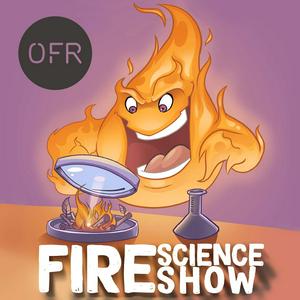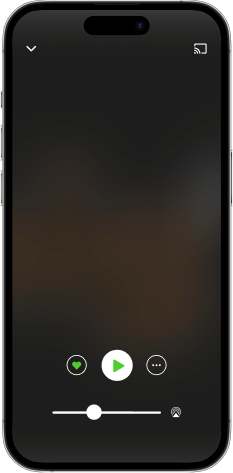224 - Navigating the complexities to change our field - a roundtable with Steve McGuirk and Brian Meacham
This week, in the Fire Science Show, we host a roundtable discussion on complexities in fire safety science and engineering.Most safety failures don’t come from a single mistake—they emerge when people, technology, and institutions misalign. In an ever-changing field in which complexities just go up, we open up a debate on how to cope with that so that the entire field goes in the right direction. For this podcast roundtable debate, I've invited Steve McGuirk, who represents Fire Sector Confederation, and Professor Brian Meacham from Crux, a lifelong contributor to understanding systems in fire safety. The conversation starts with Grenfell as a case study in systemic breakdown, then stretches into the “fire chain” of policy, design, construction, occupation, incidents, investigation, and remediation. Along the way, we confront the half-life of crises, the overload of regulations, and the real-world trade-offs that shape housing, affordability, and risk.We push beyond “add another rule” and ask better questions: How do incentives drive design decisions? Where does culture—of fire services, engineers, and politics—help or hinder outcomes? What would it take for standards bodies, professional institutions, and regulators to speak with a more unified voice? We explore convergence research as a practical method to break silos, inviting small, diverse teams to co-create solutions instead of defending old paradigms. From single-stair mid-rise housing to lithium-ion hazards, we dig into how to balance life safety, property protection, and community needs without freezing progress.Technology shows up as both a tool and a trap. AI and modelling can map complexity and test scenarios, but they cannot replace critical thinking or ethics. We share grounded advice for practitioners: define the problem before you simulate, involve the right stakeholders early, make risk choices explicit, and design for how people actually behave. Competence, mentoring, and integrity are not nice-to-haves; they’re the core of public safety.----The Fire Science Show is produced by the Fire Science Media in collaboration with OFR Consultants. Thank you to the podcast sponsor for their continuous support towards our mission.


